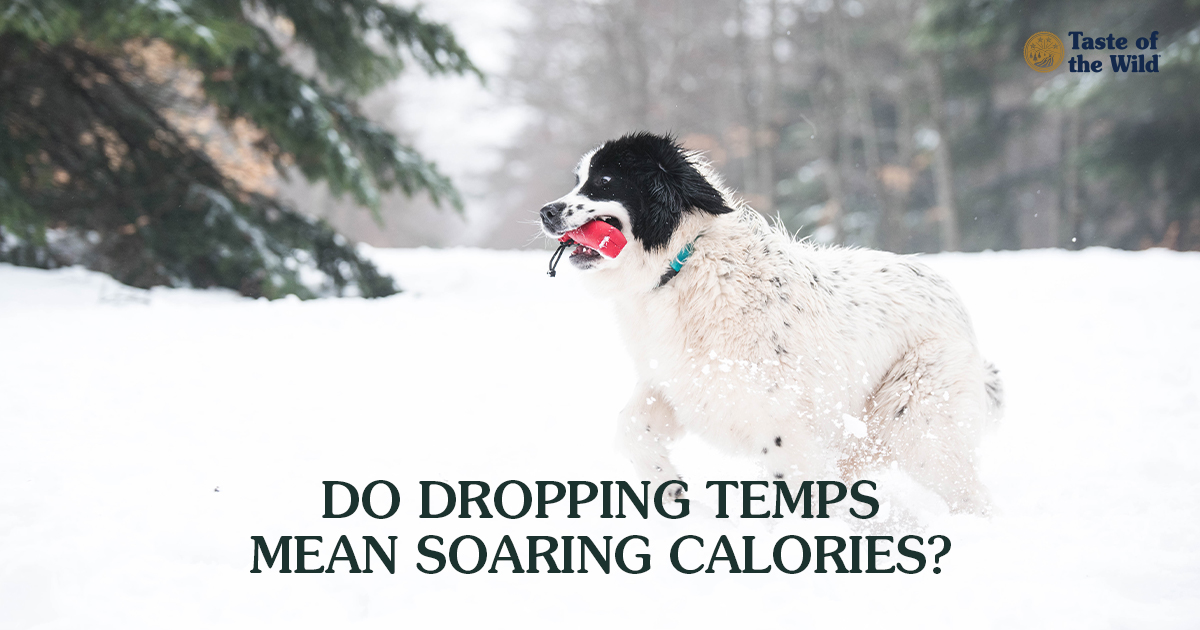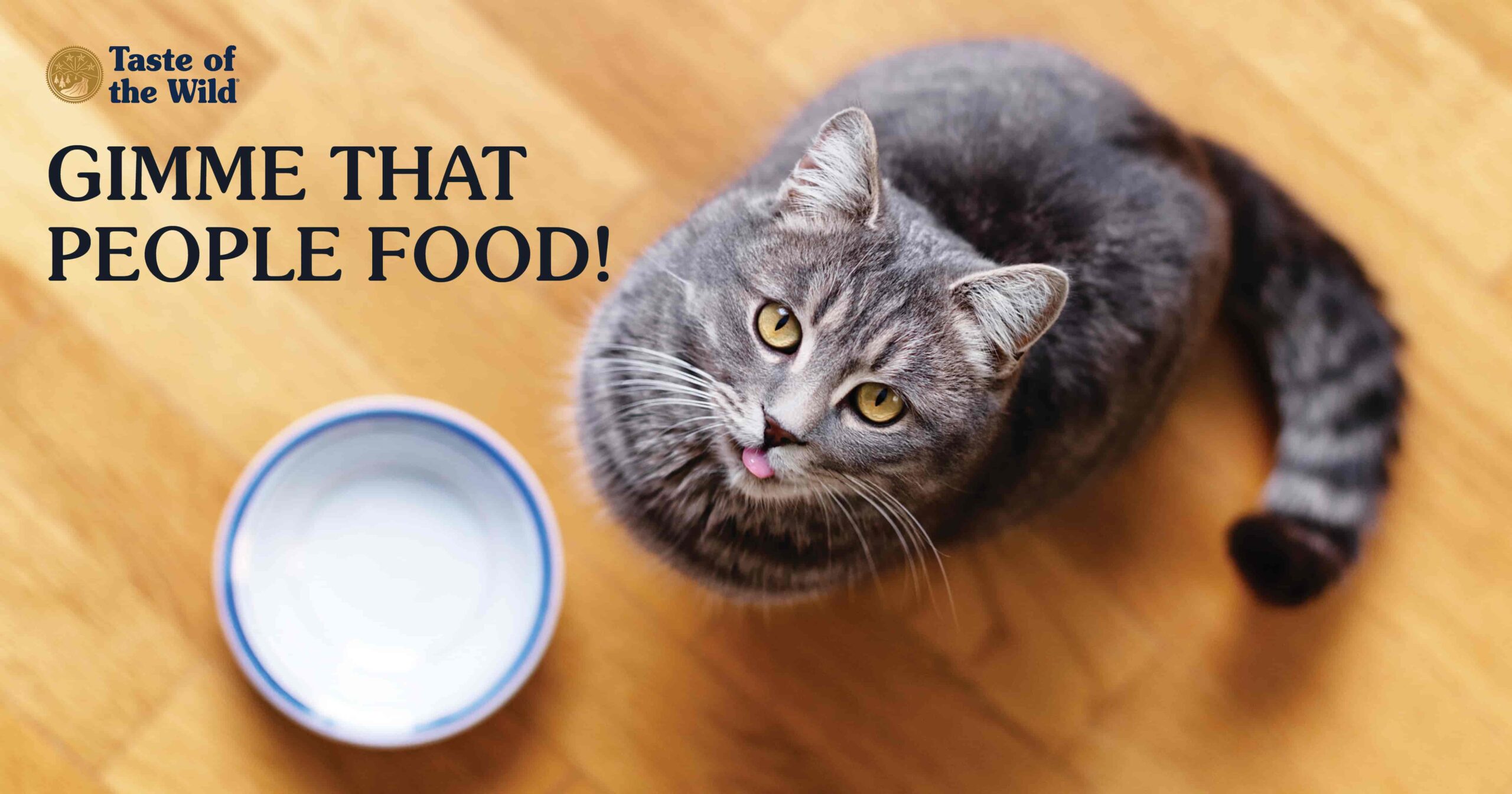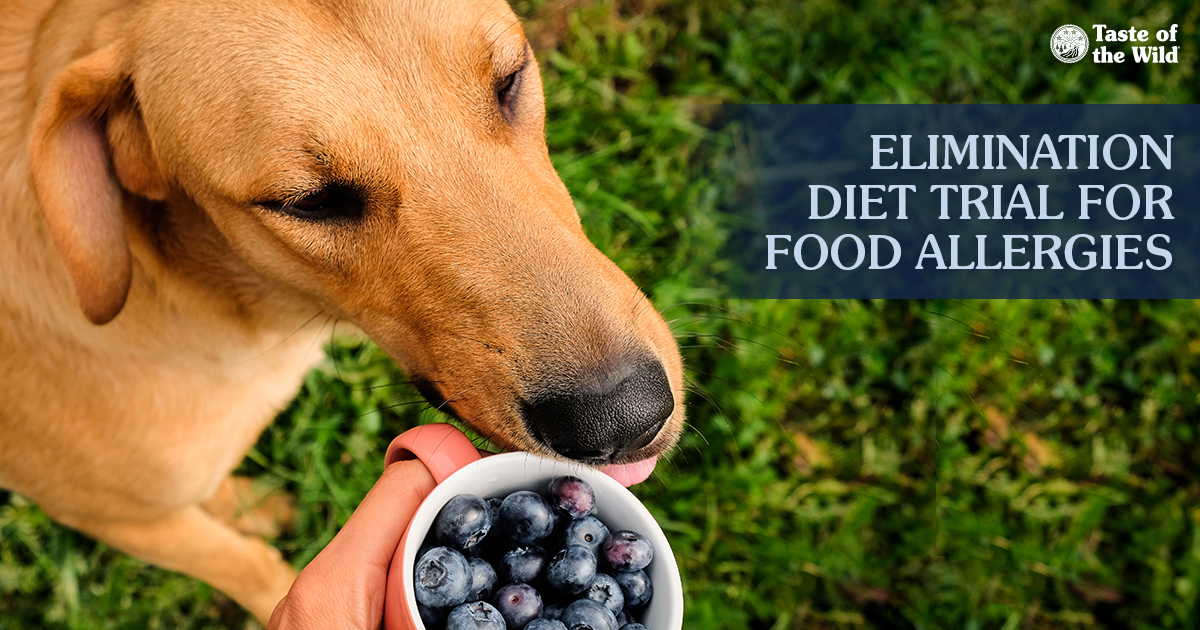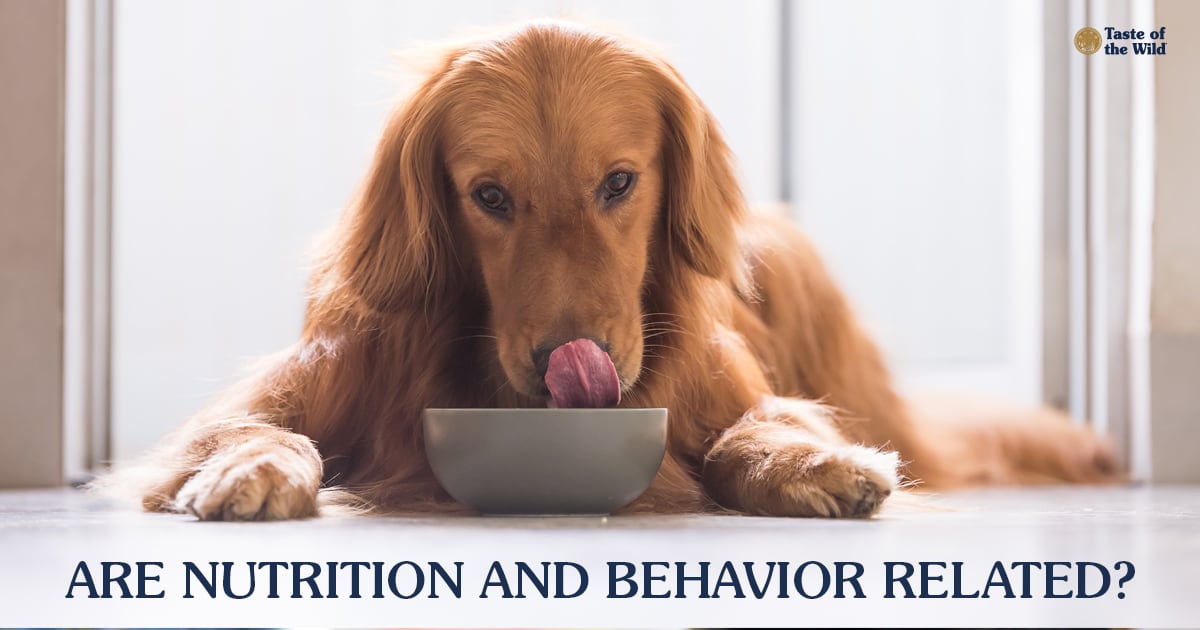When the Temperature Plummets, Should You Feed Your Pet More?
Thursday, December 16, 2021 | Nutrition

With winter comes crisper temperatures, waning daylight hours and more time padding around your house in wool socks. It’s a time when we crave comfort foods bubbling with cheese, as if a primordial instinct compels us to add another layer of insulation before we hibernate for the season.
But what about your pet — do his or her nutritional needs change with the season?
Cold-weather pet food
Like people, pets may tend to eat a little less in the summer and slightly more in the winter. But any abrupt change in appetite — eating a lot more or a lot less — or any noticeable changes in weight could be the sign of an underlying health problem. In these cases, check in with your veterinarian.
Still, unless your dog is training for the Iditarod or sleeps outside, it probably spends most of the winter in the comfort of your climate-controlled home. Same goes for your cat. In these cases, there’s usually no need to increase your pet’s food intake in the winter.
When to feed less
If you live in the northern part of the United States, there’s a good chance your dog walks may be shorter (or nonexistent), compared to summer. If your pet is getting less exercise this winter but eating the same amount of food as the summer, he or she is likely to put on some extra pounds. To avoid this, talk to your veterinarian about safe ways to trim food intake.
When to feed the same amount
Even when the thermometer takes a nosedive, your pet still needs daily physical and mental stimulation. Certain breeds and puppies, especially, need to work off excess energy. And regular exercise can help prevent behavior problems from developing out of sheer boredom. With consistent exercise, you can continue to feed your pet the same amount of food all year ‘round.
Exercising your pet, even in the winter, can help pry you off the couch, too. Consider making the most of winter by taking your dog snowshoeing or skijoring in the snow. Or explore warm, indoor activities like playtime at doggie day care. You can even set up an obstacle course in your living room. Your cat could also benefit from games of laser tag and interactive food puzzles.
When to feed more
Pets that live outdoors or spend considerable amounts of time in harsh weather will burn more calories to maintain their body temperature. These pets will need more food than they eat in the summer, a place to escape from the weather and a source of fresh water that isn’t frozen.
If your dog engages in high-energy activities in the winter, such as all-day hunting trials, with prolonged exposure to icy temperatures, they will also require additional food. As a rule of thumb, for every 10-degree drop from normal temperatures, a dog will need about 7% more calories. In either case, your veterinarian can help you determine your pet’s caloric needs.
Keeping your pet “just right”
No matter what the season, dogs and cats should be fed to maintain a healthy body condition score. That means they should have an hourglass waist when viewed from above, a tuck in the tummy when seen from the side, and ribs that can be easily felt, but aren’t visible.
Other winter comforts
If your pet spends any time outdoors in icy temperatures, consider a coat to help keep them warm and dry, especially if they have short, thin hair. For pets with longer hair, remove any hair mats, which can pull painfully against the skin, preventing the coat from providing proper insulation by allowing cold air to pass close to the skin.
Trim the hair between the footpads to prevent ice balls from accumulating there. If your dog is tolerant, consider booties, which can also prevent exposure to salt and sidewalk deicers. Any questions? Your veterinarian is the best source for tips on keeping your pet healthy this winter.
The information in this blog has been developed with our veterinarian and is designed to help educate pet parents. If you have questions or concerns about your pet’s health or nutrition, please talk with your veterinarian.




